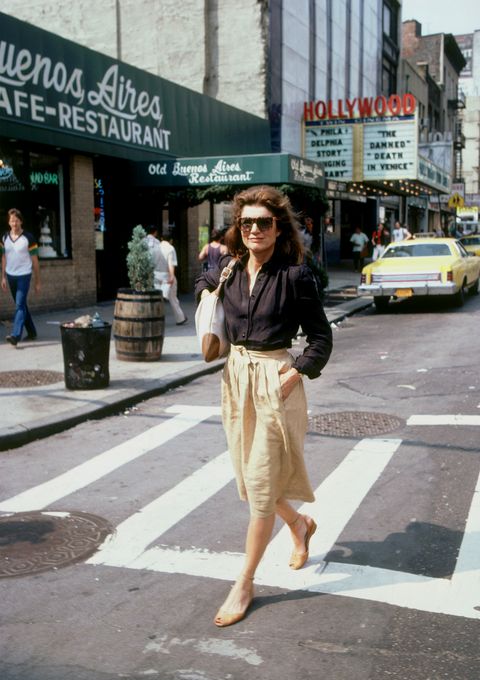I pitched a story on her book career to Town & Country, a regular home for my work, and they gave me the greenlight. I researched the First Lady's life in this period very thoroughly, sticking to her professional life and not diving into the gossip. I came away from it with respect for Jackie.
The eventual story seems to have pleased my own editor at Town & Country, and I'm happy to share it here:
How Jackie Kennedy Became a Powerful Book Editor After Leaving the White House
With little experience in the publishing world, she went from being First Lady to making just $200 a week
By Nancy Bilyeau
Early one September morning in 1975, a 46-year-old woman busied herself preparing to go in for the first day of a brand-new job. She boiled an egg, saw her teenage son out the door to Collegiate School, donned a conservative gray shirt dress, and caught a taxi outside her 1040 Fifth Avenue apartment for midtown Manhattan.
When that cab pulled up outside 625 Madison Avenue, it looked like a riot was erupting. Every reporter and photographer in town was jostling for advantage outside the office building’s entrance, joined by a crowd for whom curiosity had edged into fixation. The woman calmly got out of the taxi and made her way into the building, which housed the New York editorial office of Viking Press.
Jacqueline Kennedy Onassis was reporting for her first day of paying work since 1953, when she was an unmarried “inquiring camera girl” for the Washington Times-Herald...
To read the whole story, go here.


